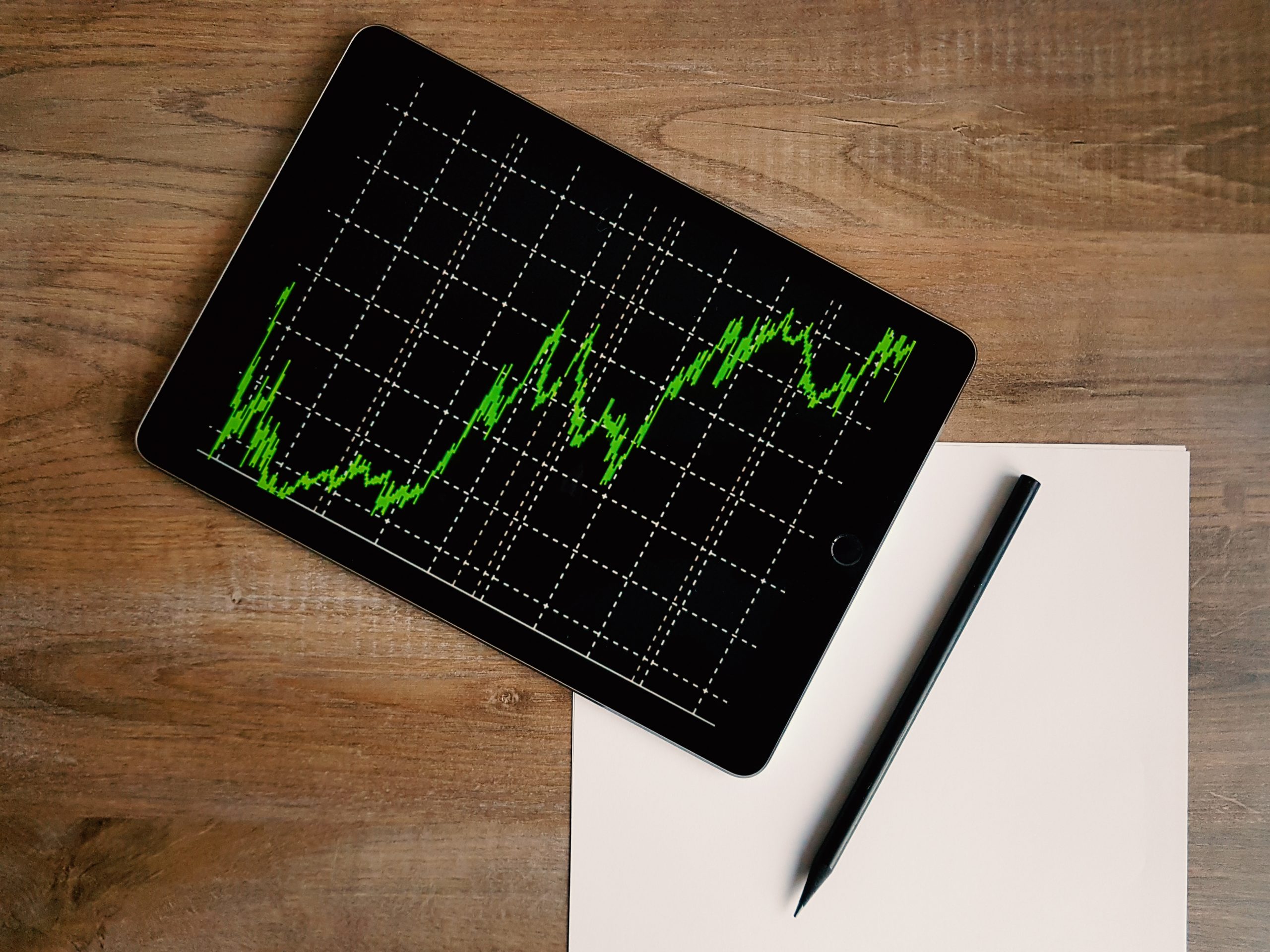
The Remote Monitoring Debate: Part 2 — Benefits and Questions
There’s no denying the potential impact that wearable devices could have on collecting patient data for healthcare purposes.
But, after looking at the use of wearables and the (surprising?) lack of use of patient-collected data in Part 1 of this series, it’s time to dive into some of the big questions surrounding the use of this information … and the debates caused by conflicting studies.
Patient-generated data can reduce readmissions
According to an article sponsored by Validic — a mobile health data company (which is an important distinction here) — the use of patient-generated health data (PGHD) and remote patient monitoring (RPM) can significantly reduce the number of patient readmissions.
(Read the article: http://www.healthcareitnews.com/sponsored-content/patient-generated-health-data-strategic-ingredient-reducing-readmissions)
Reducing patient readmissions is a key component of the Affordable Care Act; Validic writes that more than half of a billion dollars will be withheld in payment due to readmission in “the coming year,” although it doesn’t specify when that year begins and ends. (The article was published in late August.)
OK, so how can this data reduce readmissions? Validic writes that having access to “real-time, real-world and actionable data” can lead to intervention as needed.
The article cites a recent pilot program that involved Brockton Hospital in Massachusetts, asking its patients to use blood pressure monitors and weight scales that connected to iGetBetter, a healthcare app. None of the patients who participated in the program were readmitted, as compared to a typical 28 percent readmission rate without the data.
So, there is some initial data that displays a connection between PGHD and/or RPM and reduction in readmissions, which is a positive thing.
Remote monitoring can improve efficiency
In another study, remote patient monitoring has been cited as the “healthcare technology with the greatest impact on reducing costs to organizations and maximizing ROI” (http://www.healthcareitnews.com/news/remote-monitoring-tools-patient-engagement-platforms-ehrs-have-greatest-potential-cost-savings).
This internal study, conducted by American Society for Quality, surveyed 170 members of the organization “in the healthcare quality profession.” Seventy-one percent of those surveyed said that wearable sensors, remote patient monitoring and other caregiver collaboration tools have the greatest impact on patient experience. And 69 percent said that RPM reduces the need for office visits, thus improving efficiency as well as maximizing ROI.
(Read the full study: http://www.asq.org/media-room/press-releases/2016/20160809-improving-healthcare-it-policy.html)
So, it would appear that healthcare providers should be interested in using the data collected through remote patient monitoring.
However, this seems to stand in direct contradiction to what we discussed in Part 1 of this series, as just 18 percent of healthcare providers are actually reviewing patient-generated health data to help improve patient outcomes.
Remote monitoring isn’t effective for heart patients
But the controversy surrounding PGHD doesn’t stop with a simple contradiction. Two recent studies released in September question whether remote monitoring is effective at all.
The studies, which focused on heart failure patients, showed that patients that had two different types of remote monitoring devices — cardiac implantable electronic devices (CEIDs) and biventricular defibrillators (CRT-D) — may not have significantly improved outcomes.
These studies are significant in that these types of monitors are expensive. And if there’s no substantial impact on using the devices, the lack of remote monitoring could actually save healthcare providers money.
(Read the article: http://www.healthcareitnews.com/news/remote-monitoring-does-more-patient-data-really-improve-outcomes)
It’s worth noting in these studies that the devices being referenced are not the typical consumer wearable devices and that the patients were specifically dealing with significant heart issues. But it’s worth noting that there are studies regarding RPM devices that conflict.
So, what does this all mean?
There’s obviously still a lot of research that needs to be done regarding the validity and value of patient-generated health data. It appears — at least to several surveys — that there is potential for wearable devices to really make an impact on the industry, especially in improving efficiency and reducing patient readmissions. But the heart monitoring studies obviously raise questions regarding the effectiveness of remote monitoring.